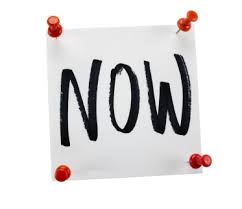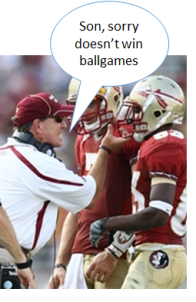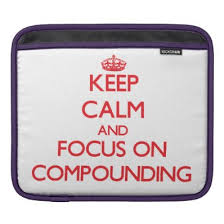In the next 90 days, if you must put money on the table to prove to your investors that your product concept is the real deal, are you in a Demand Harvesting (DH) or Demand Creation (DC) mode? For those that answered DH go to the head of the line. For those that said DC, grab your ass and kiss it good bye.

Demand Harvesting is about finding and selling to companies or people that are already in market, NOW, looking for solutions for a specific problem. Anything else is Demand Creation.
An entrepreneur should never confuse the two. Many do. It is one of the reasons many startups struggle early on.
If you are following the Lean Startup model and are doing customer development, what mode are you in? Harvesting or creating demand? Customer development is a harvesting activity. If this is not the lens through which you are viewing this process, then you will struggle. You will struggle to find REAL customers and build a business. You’ll spend more time and money then you anticipated and be on a fast pace to your first pivot. More problematic, you’ll be pivoting and not know why.
Legendary Demand Harvesters
Two of the 20th century’s biggest business icons, Henry Ford and Bill Gates, got their start because of their ability to harvest existing demand. Gates did not create the demand for DOS, he harvested it. In his case, IBM was in market looking to buy an operating system and Microsoft found a product that they could sell to them to satisfy this demand.
Henry Ford did not create the demand for the automobile. Demand creation for the modern car (self-powered motor vehicle with an internal combustion engine) started in 1886 when German inventor Karl Benz built the Benz Patent-Motorwagen, 20 years before Ford launched his Model-T. Ford was just harvesting the demand that had built up over these 20 years.
The Misguided Love of the Feature Set
Why is Demand Harvesting so hard for new entrepreneurs? They get myopic and enthralled with their product, its beauty and its unique and specialized feature set. They sell features and technology and the WOW of the new thing. They don’t sell to the need that needs solving NOW. Most importantly, they don’t focus on getting people to pay for their product if it addresses their need. Focusing on selling to a need is hard. Getting someone to part with their money now if you satisfy their need is even harder.
What you see in the startup world is that many entrepreneurs spend an inordinate amount of time with non-buyers. People that show interest in their product but who will never buy. These pseudo buyers will play with the product. They’ll ask for new features. They will show great interest. And they will keep stringing the entrepreneur on but never purchase the product.
So many entrepreneurs lose valuable time and waste precious resources chasing these non-buyers. They hope and believe that as soon as they get that next special feature added into the product the deal will magically fall into place. But it does not.
Startups have neither unlimited time nor money and must focus on harvesting existing demand first and foremost.
Harvesting Demand Takes Discipline
During the customer development and sales model development stages, you have to be brutally honest with yourself about who the real buyer is and who is not! Most entrepreneurs will say that their solution solves a problem. It may. But if people are not demanding a solution like yours NOW, then you are in trouble. This means that you are a long way off from collecting cash.
Another mistake entrepreneurs make when testing a new idea or trying to sell a new product, is that they confuse interest for demand. How do you tell the difference? It’s easy. It is about the four NOW’s.
- What problem is the customer trying to solve NOW?
- Do they need to solve the problem NOW?
- Do they have money available NOW to purchase something that solves this problem?
- If your product solves their problem will they pay you money NOW?
It is ok to walk away from people that don’t need to solve a problem NOW. In fact, you must walk away from them and focus on finding people that do.
Customer development is about addressing the NOW.
Summary
Acquiring new customers requires discipline. Don’t sell features and technology and the wow of the new thing. Sell to the need. Ask the right questions. View your product as a solution to a problem. And don’t waste time with individuals whose problems you cannot solve with the product you have today. Address the four NOW’s and harvest the demand that already exists in the market.







